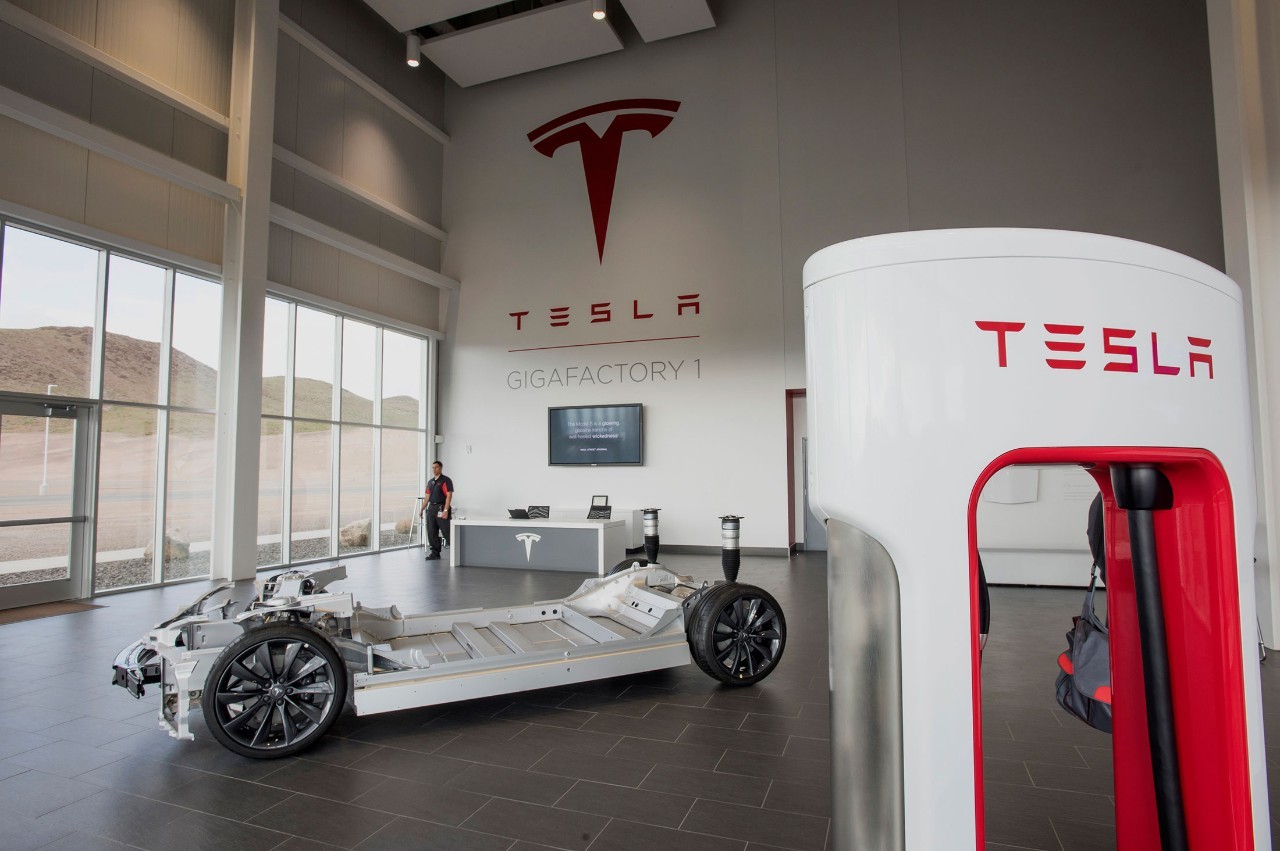
This week, Tesla has been in the limelight with the term “super factory”.
What exactly is the “super factory”? I also want to know. Therefore, I spent some time to learn about the basic facts of the “super factory” and wrote them down for your reference.
Why does Tesla want to build this “super factory”?
**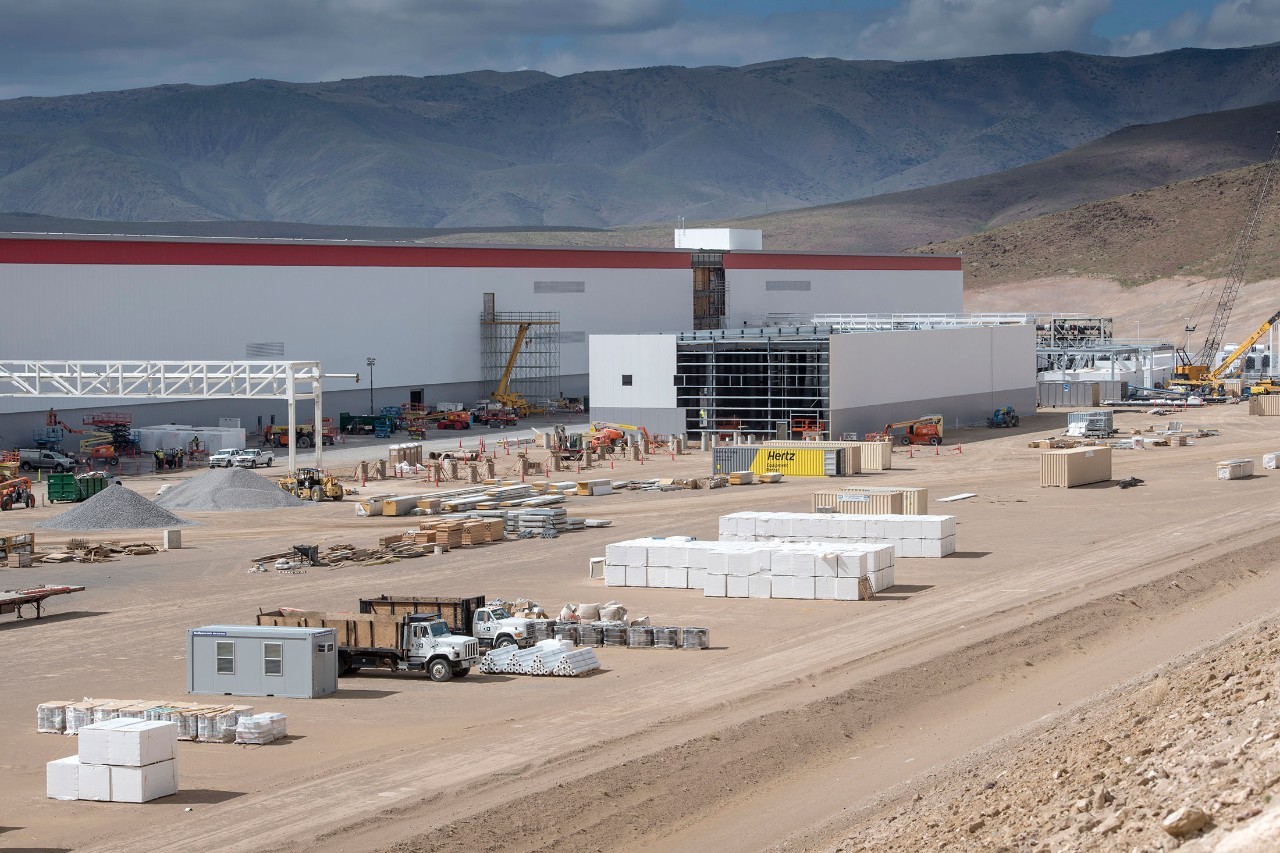
**
As we all know, without government subsidies, electric cars are still relatively expensive. The culprit of this problem is the battery. According to statistics, the cost of the battery of an electric car accounts for more than one-third of the vehicle cost. Due to the high cost of batteries, it is difficult for electric cars to become popular among the people. Therefore, current sales of electric cars rely heavily on policy subsidies. Sales follow the subsidies, this is a worldwide phenomenon.
In several major factors that influence electric cars, the construction of charging facilities involves balancing the interests of multiple parties, and the battery life and charging time involve breakthroughs in key technologies. Battery cost has a relatively easy point to control, which is the optimization of production and supply chain.
What does Tesla want to do? For a simple example, Tesla used to purchase cells from Panasonic, and then research and assemble battery modules and packs by itself. Now Tesla has integrated with Panasonic, Panasonic produces cells in the “super factory” and then delivers them to Tesla for the next step of assembly. Yes, Panasonic is no longer just Tesla’s supplier, but a strategic partner of the “super factory”. Tesla is responsible for buying lands, building the plant, and purchasing equipment, while Panasonic is responsible for all related cell preparation work in the plant.
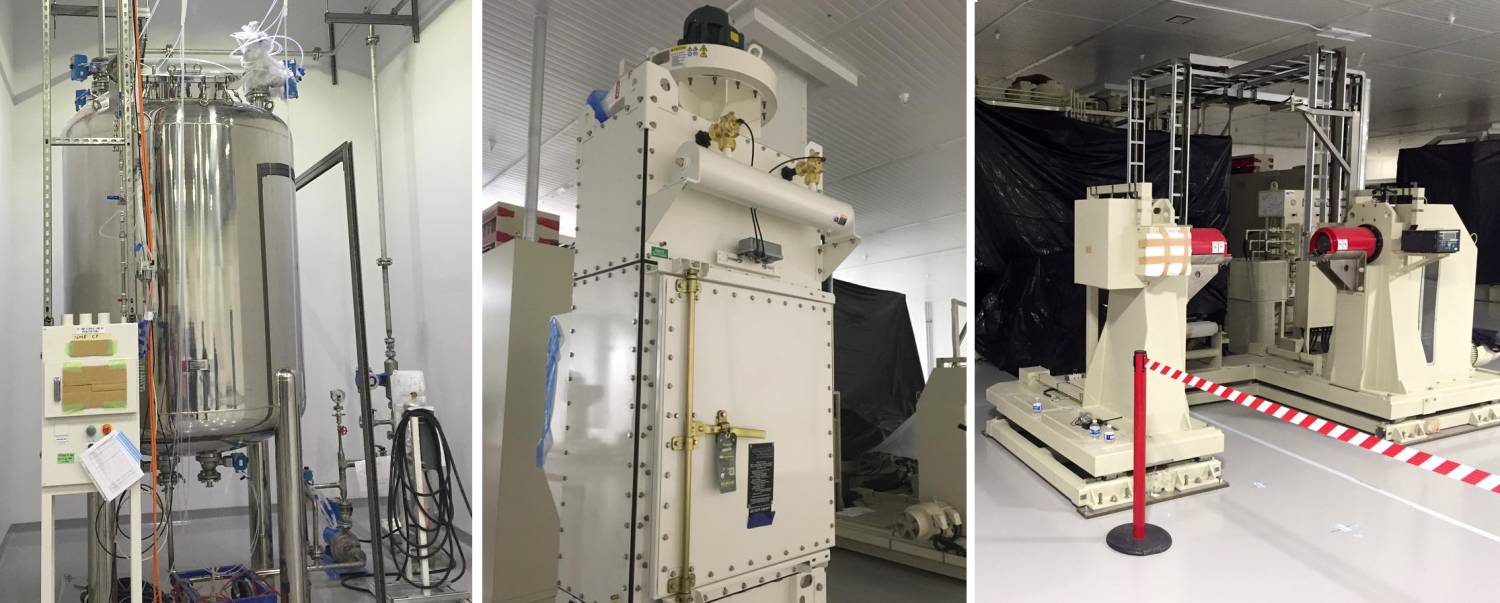
Production equipment of Panasonic in the “super factory”.What the Gigafactory aims to achieve is to reduce time and manufacturing costs through economies of scale and integration of the supply chain. Does this example look familiar to you? I previously mentioned in the article “How to Seize the Opportunity of Future Automotive Changes” that the sales curves of Tesla and Ford’s Model T are very similar, and that Tesla’s approach is similar to Ford’s Model T assembly line production.
Making the leap from a small factory producing thousands to tens of thousands of cars per year to a manufacturer producing hundreds of thousands of cars per year is the most critical step, and that’s where the Gigafactory comes in.
So, is the factory just for producing batteries?
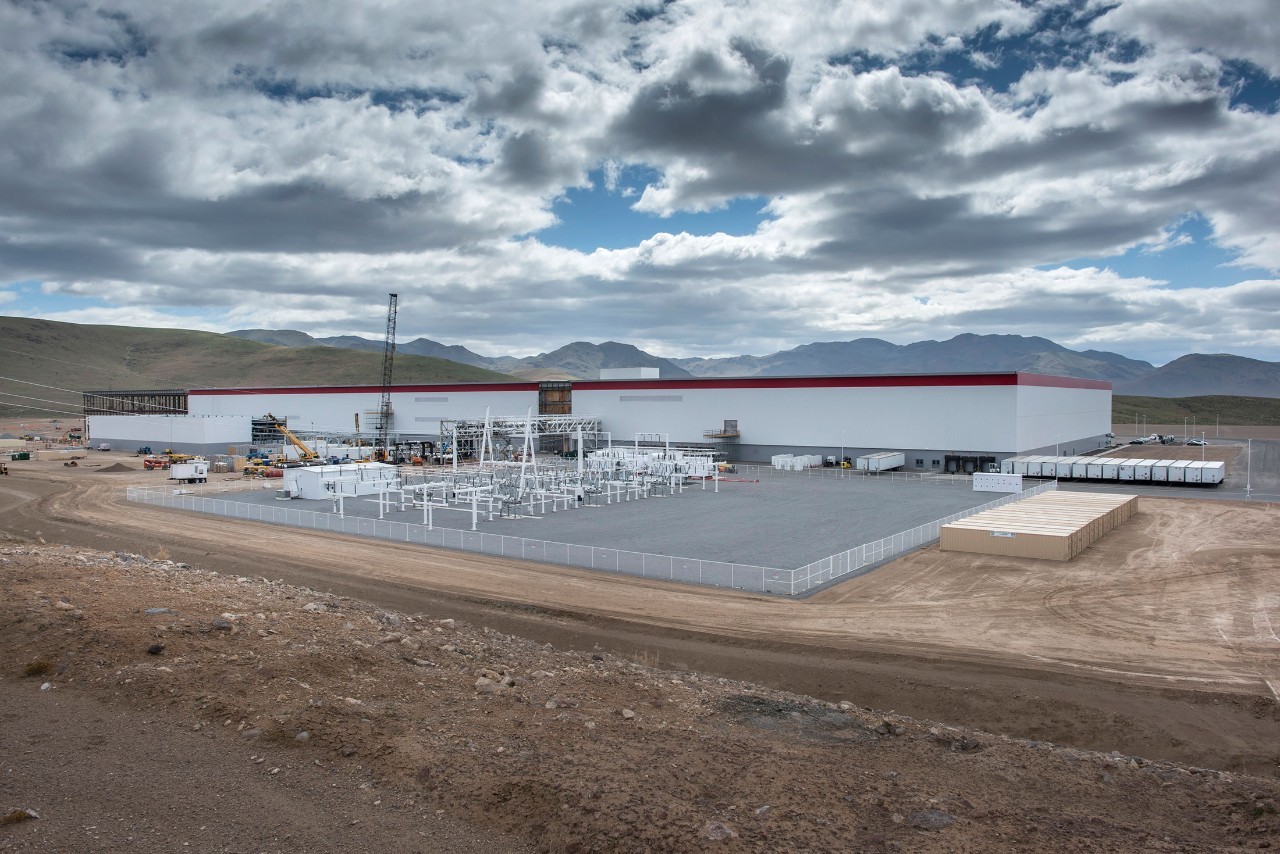
Not only that.
Do you remember when Musk released the second chapter of the Tesla blueprint a week ago? (If you are not familiar with it, please read: Tesla Announces Energy Plan, More Than Just a Car Company) In this blueprint, Musk officially revealed Tesla’s plan in energy, and shortly afterwards we saw the media day promotion of the Gigafactory, which was no coincidence. The construction of the Gigafactory not only has the responsibility of executing the second chapter of the Tesla blueprint but also embodies Tesla’s key concept of sustainable energy.
First, take a look at this picture of what the completed Gigafactory is supposed to look like. The outline is in the shape of a diamond (yes, Musk is pursuing beauty in the factory as well), and the roof is covered with solar panels.
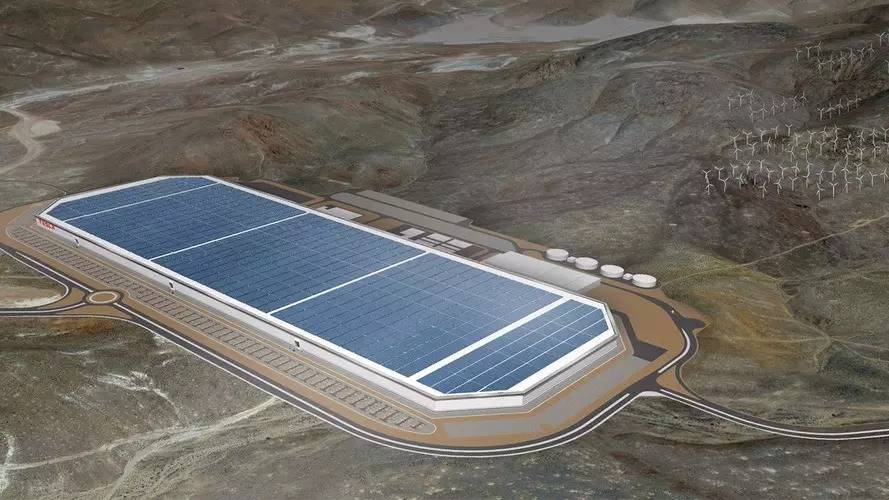
Now, the construction of the factory is only 14% complete.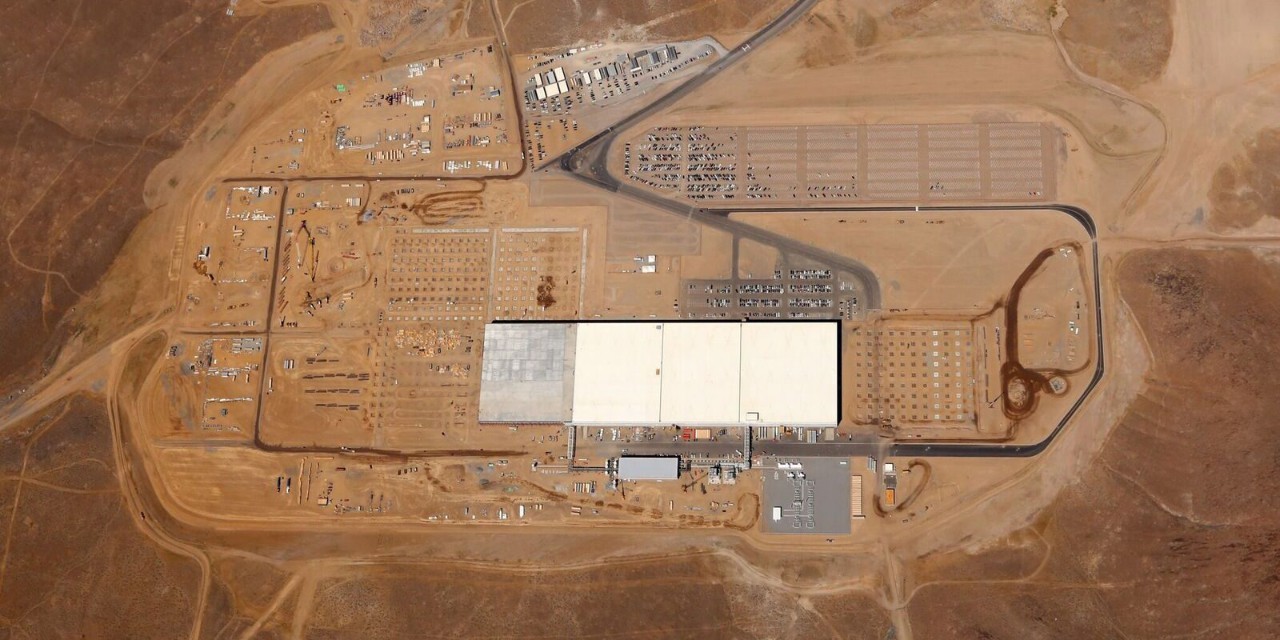
The white part in the picture above is the roof of the factory, where solar panels will be installed. When we zoom in and stand on the roof, it is all blank without solar panels installed yet.
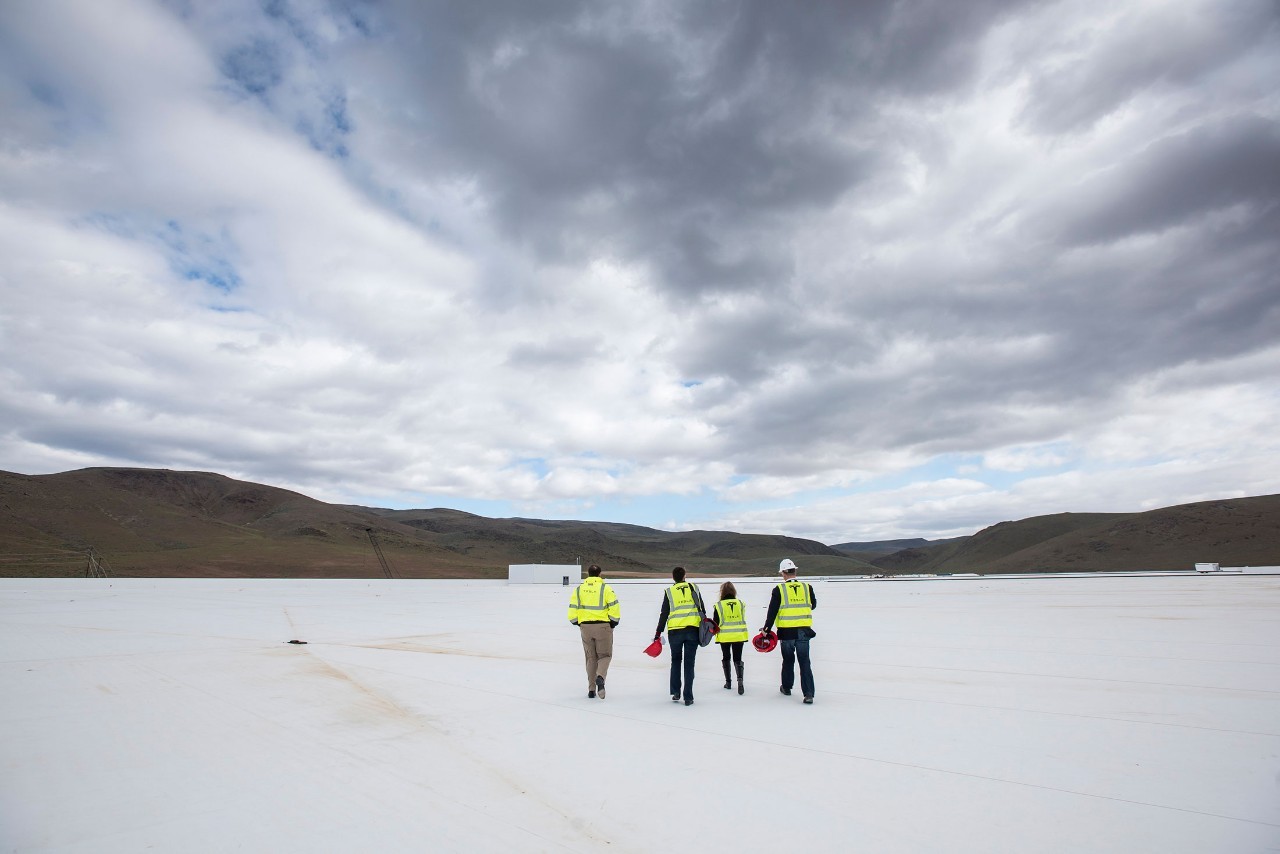
After the completion of the Gigafactory, both the factory roof and the surrounding mountain tops will have solar panels installed. The unused electricity will be stored in energy storage devices and used when there is no sunlight. In addition, the Gigafactory also utilizes geothermal and wind energy, and all batteries can be recycled and reused, continuing Tesla’s consistent goal of reducing energy consumption.
Also, the products of Powerwall and Powerpack will also be produced by the Gigafactory. This means that the Gigafactory will not only produce car batteries, but also household and commercial energy storage batteries. Musk said that the initial output of Powerwall will account for about one-third of the total output of the Gigafactory, and will eventually reach about half of the total output. In terms of the production distribution of the Gigafactory, we can clearly see that the proportion of automobile production is no longer the only one for Tesla.

If you want to further understand the internal situation of the Gigafactory, please watch the video below.
This is the first Gigafactory, but not the last
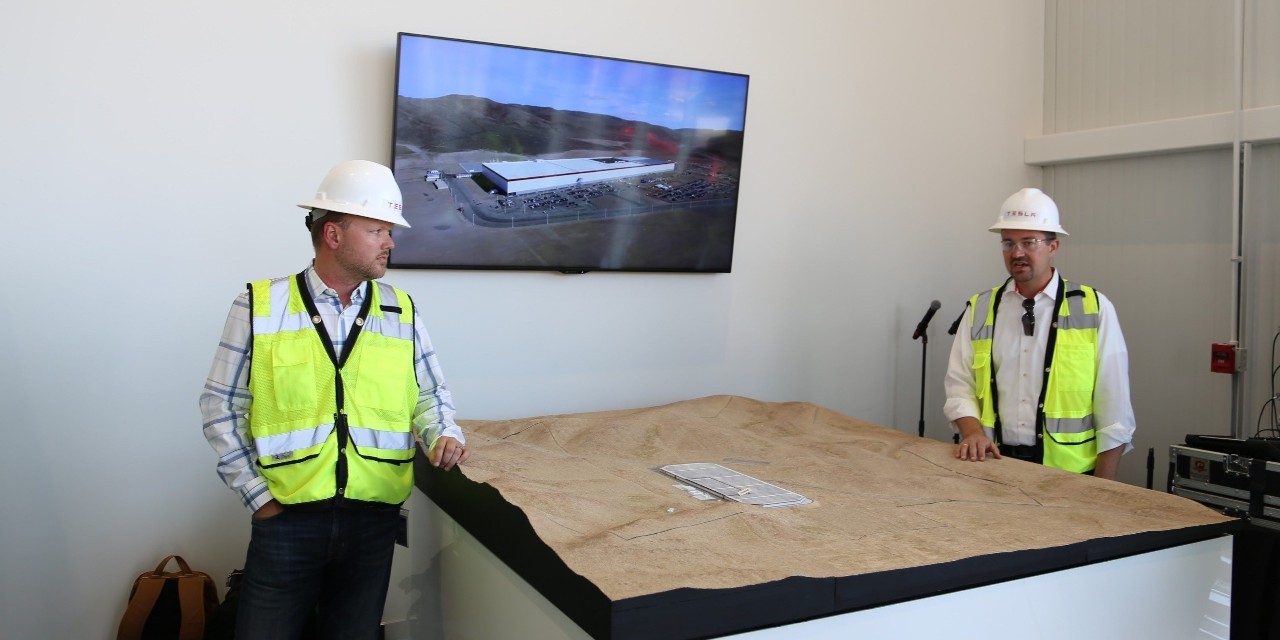
The Gigafactory, also known as the GigaFactory. Why is it so? Let’s do a unit conversion example.
The English name of the Gigafactory is Gigafactory. Let’s break it down, Giga + factory. Giga is the G in GWh, a common unit of battery production, representing the billion orders of magnitude. 1 GWh is 1,000,000 kWh (kilowatt-hours) or 1,000 MWh (megawatt-hours). Therefore, Tesla’s Gigafactory is also called GigaFactory, meaning that the battery production capacity of the Gigafactory can reach more than one gigawatt.In 2015, China’s lithium-ion battery production reached 47.13 GWh, with a production of around 15 GWh for lithium-ion batteries for automotive use. The super factory plan aims to produce 35 GWh of battery cells and 50 GWh of battery packs each year, equivalent to the total global battery production in 2013.
What is more important is that the Gigafactory is Tesla’s first gigafactory, not the last one.
At the beginning of the article, we included a picture. Did you notice the number “1” behind Gigafactory? Let’s take another look.
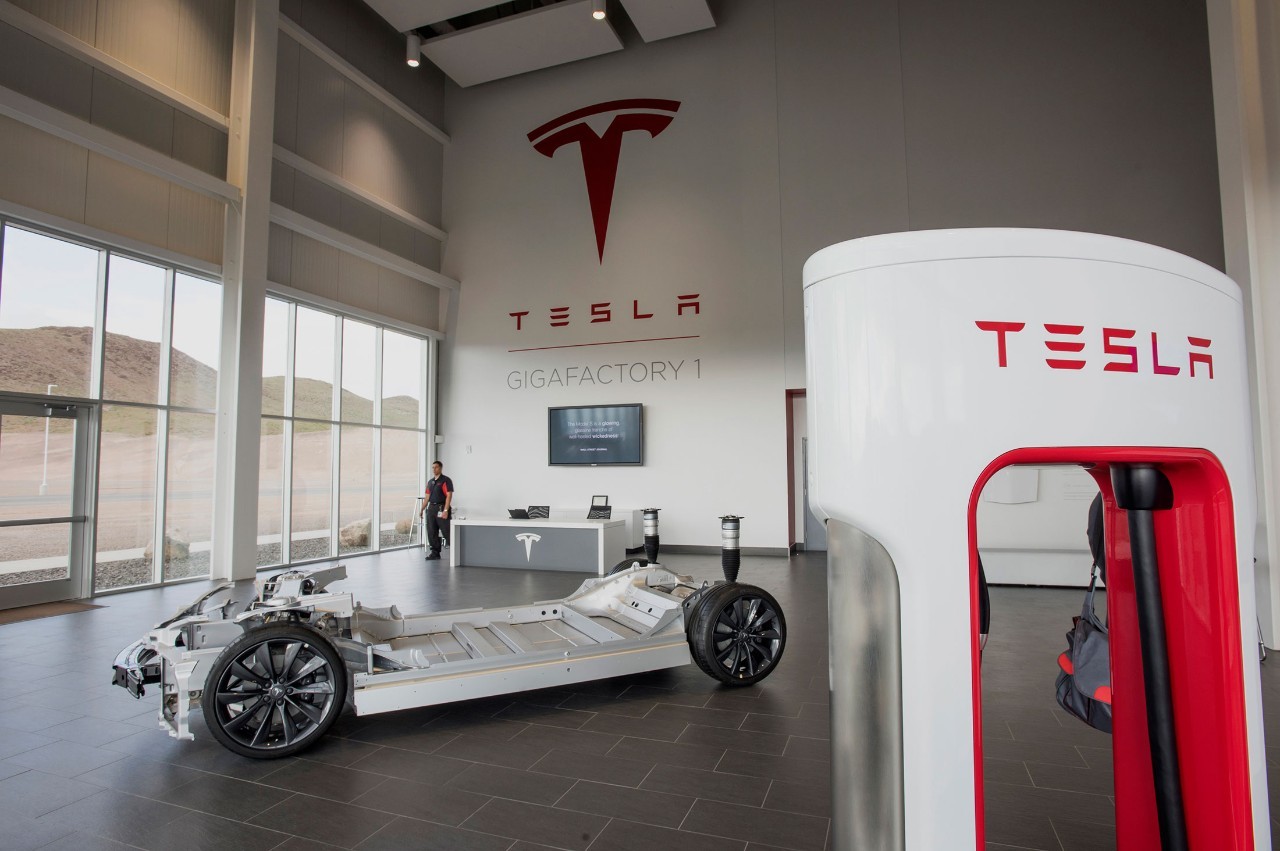
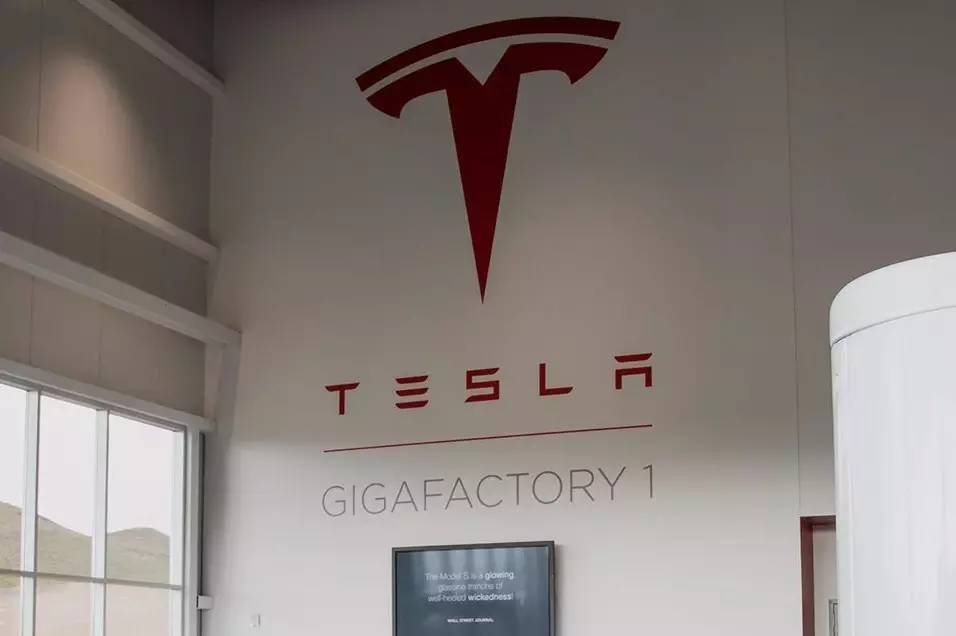
This is why Tesla wants such a large piece of land to build the Gigafactory. How large is the land exactly? Let’s take a look at the picture below for reference.
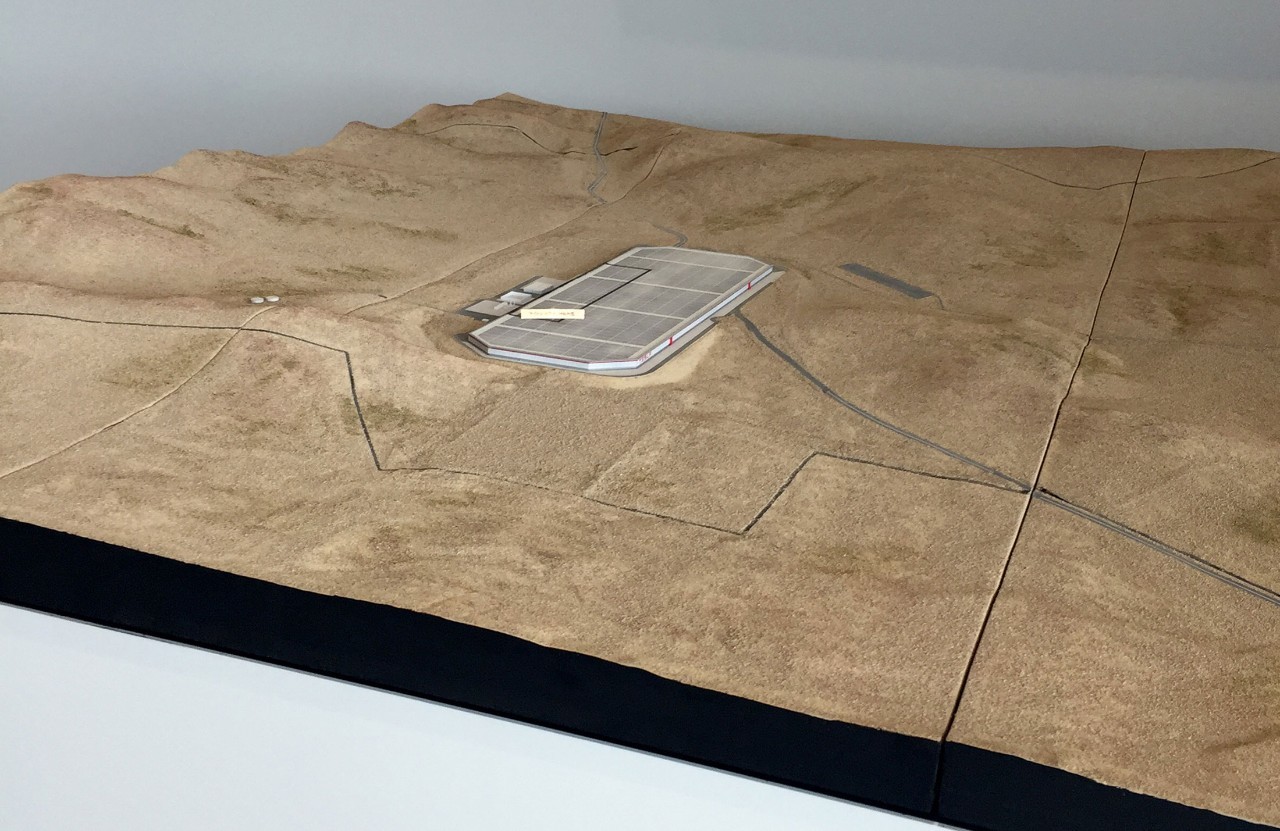
According to official data, the Gigafactory covers an area of about 3,000 acres, roughly 20,000 acres, equivalent to 58 Bird’s Nest stadiums. In terms of a diamond-shaped gigafactory, this land can accommodate many gigafactories, but Tesla has not disclosed any specific plans for this yet. After all, compared to the Gigafactory, which is still under construction, this seems much further away.
Elon Musk went through great lengths to acquire this land. In order to get the most tax incentives, he traveled between states, and was described by the media as using “multiple methods such as showing off, tempting, squeezing, intimidating, and urging.” Finally, he obtained preferential policies including $1.4 billion in tax breaks and free land use rights from the state of Nevada. Currently, the investment in the Gigafactory has exceeded $5 billion.
The Gigafactory is expected to be completed in 2020 and will become the second-largest building in the world. Due to the constant delays in construction, Tesla plans to start producing battery cells in 2017 and achieve a production capacity plan of 35 GWh by 2020. Musk also mentioned that, if necessary, the production capacity of the Gigafactory can be increased to 150 GWh, achieving triple growth two years earlier. Currently, there are 350 employees working at the Gigafactory, and the number of employees will reach about 10,000 after it is completed in 2020.
The batteries for Model 3 will be replaced with a different type.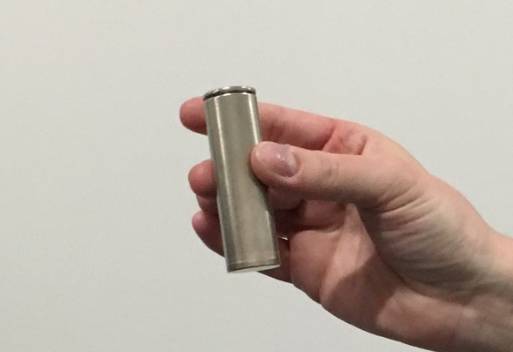
During the press day at the Tesla factory, it was revealed that Model 3 will feature a new battery different from those used in Model S and Model X. The new battery is called 21-70, a battery with a diameter of 21 mm and a height of 70 mm, while the previous 18650 battery used by Tesla had a diameter of 18 mm and a height of 65 mm. The new battery is one size larger than the previous one.
Elon Musk said that Tesla’s use of the 18650 battery was a historical coincidence, and once the production of the 21-70 battery is achieved, batteries used by Model S, Model X, and Powerwall could all be replaced with the 21-70 battery. The production of the 21-70 battery will establish a new standard in the future.
In addition, the design of Model 3 has been completed, and reporters have spotted the latest prototype of Model 3 in the factory.

Unfortunately, however, no photos of the trunk being opened were taken. After the first release of Model 3, users had suggested improvements to the trunk.
Image source: David Paul Morris/Bloomberg

Understanding Tesla’s Strategic PlanTesla announces energy plan, not just a car company
Straubel talks about how Tesla is restructuring the grid of this century
Five key issues affecting Tesla

This article is a translation by ChatGPT of a Chinese report from 42HOW. If you have any questions about it, please email bd@42how.com.
